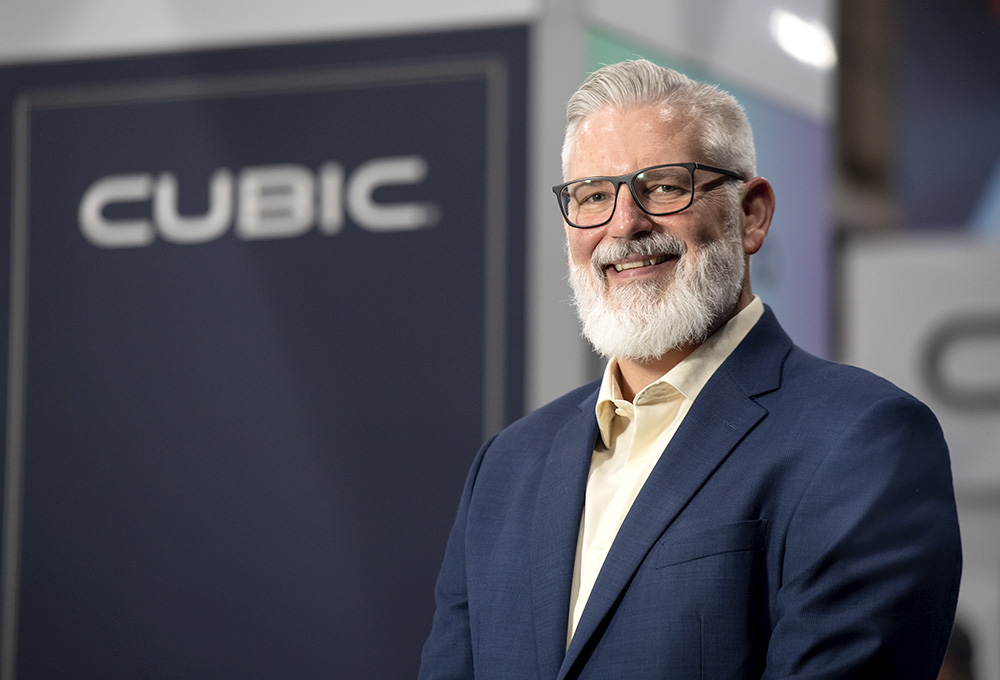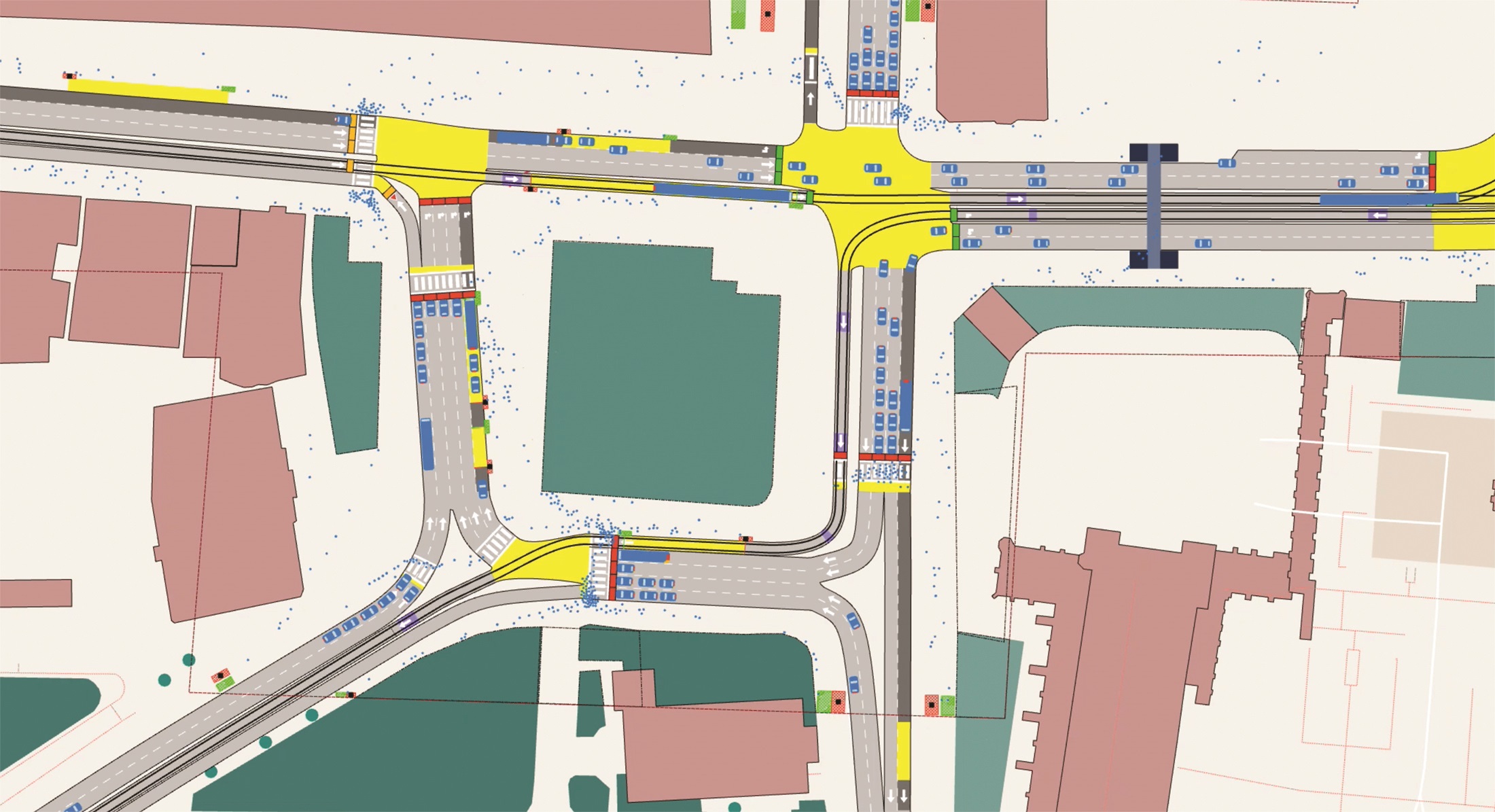
It is always possible to overcomplicate things – and this is as true in ITS as anywhere else. “Sometimes we see technology that gets seemingly created for its own sake - you know, the hammer searching for a nail,” suggests Jeff Price, VP & GM - ITS at Cubic Transportation Systems.
For software engineers engaged in intelligent transportation projects, algorithms, math, artificial intelligence and machine learning are brilliant tools for solving problems. But they can’t solve everything: “We forget that the whole point of the transportation system is people moving,” Price says.
Cubic has to cater for a variety of users. “They are the people using the software we’ve made, but also people navigating the transportation networks we manage - so we need to make sure we simplify it for them”. Price adds with a laugh: “That doesn't mean it's going to be easy for us!”
Within agencies, users will include policy people as well as the traffic engineer, traffic signal technician, and the contractors who install the equipment. “And if you don't think about all of those users the proper way, your system isn't going to work right. It’s garbage in, garbage out.” This is how Price has developed his ideas on the importance of human-centric design in transportation innovation: “What's the person going to do to configure the system? How long does it take, if they're standing out in the cold or the heat? Can they see the screen?”
But if you have half a dozen groups to cater for, that also means half a dozen different pain points and preferences, so how do you marry all those up?
“For the most part, those pain points aren't in conflict with one another,” Price suggests. “They just require you to think about each aspect. A lot of the early work we did in Gridsmart was very much about how do we make it easy to install it physically and remove what we call ‘opportunities for mistakes’. Because people make mistakes. If you can remove opportunities for mistakes, you get a clean installation. You can do the same thing with your software. It's like branches of a tree: the more options that you have to do something different ways, the more bugs you introduce. You have to think very deeply about what you're going to deliver that meets the customer need.”
This makes sense – but there’s a catch. “The trouble is, they don't ever express the need,” says Price. “They usually tell you what they want, and you have to uncover the need, then you go find the simplest way you can do it.”
So we’re back to the idea of simplicity in a complex environment. “You have to deliver simplicity to the users - and they are complex human beings,” he continues. “As a creator, you have to embrace that complexity, whilst trying to tame it. If your system is used for and by people, making it simple for them is actually going to be very hard and very complex for you. And if it’s not, I guarantee you're not doing a good job.”


















